

Whether you loved it or hated it, Will Wright’s 2008 title Spore was an astoundingly beautiful game backed by incredible technology and some truly ambitious, pants-tighteningly awesome ideas. It’s been three years since those wonderfully over-marketed days and developer Maxis Software has finally released its second installment in the series with Darkspore. We like to think that they’re a series because both games have the word “spore” in the title, not because they are alike in any way, shape or form… because they aren’t.
For those of you looking to sink your teeth into another god sim, Darkspore isn’t going to be your cup of tea. Maxis Software decided to eschew the “let’s create a multi-genre simulator that encompasses everything in the goddamn universe” approach for a simple action-RPG that relies on competent proven game mechanics. The unfortunate side to this is that while Darkspore is by no means a bad game, it doesn’t bring enough new things to the table to justify treading such old ground. Imagine a thoroughly bastardized version of Diablo and you should get a good idea of what Darkspore is cooking.
The plot of Darkspore is your basic sci-fi fluff, if a little more incoherent. You take on the role of a Crogenitor – a hyper-advanced alien scientist. The Crogenitors traveled the stars to other alien planets where they would manipulate the local inhabitants’ DNA to grant special powers and abilities. This gave rise to the Genetic Heroes. Eventually, the Crogenitors discovered something called “exponential” DNA (E-DNA) that could be altered to make even more powerful Genetic Heroes; however, E-DNA was unstable and caused the Genetic Heroes to mutate into Darkspore – a murderous alien scourge whose only purpose was to destroy and assimilate all life into their fold. Being one of the final surviving Crogenitors, you come to understand the folly of playing God and decide to leave for a new galaxy to begin life anew you fix the kinks in E-DNA to create new Genetic Heroes and kick Darkspore ass!
To put things in layman’s terms, it’s your job to murder your way through six different worlds (each divided into four chapters) with a tag-team squad of three Genetic Heroes whom you can swap out on the fly. The game starts you off with some basic Heroes, but as you progress through each world, you gain experience that can be used to unlock new Heroes (100 in total). Certain Heroes are strong against certain Darkspore and weak to others, which is determined by their Genesis Type (Quantum, Plasma, Necro, Bio or Cyber). Likewise, there are three different classes that differentiate each Hero: the Sentinel who fights on the front lines absorbing damage, the Ravager who uses speed to zip in and out of combat and the Tempest who likes to stay in back and deal out real damage with spells.
Combat consists of a “left-click on anything you want dead” setup. Each Hero has two special abilities exclusive to it and a third team ability that can be used by any Hero on the team regardless of who you’re controlling at the time. This applies a nice strategic element to how you assemble a particular group.
While Darkspore’s combat is decent enough, its true strength lies in the looting system and the Creature Editor. While each enemy you kill has a chance of dropping items that range from weapons and armor to severed limbs and eyeballs, once you reach the end of a stage, you are offered the choice to either grab some fairly decent items for your troubles or continue onward to the next stage to fight harder monsters and be rewarded with even better loot. You can then use the game’s Editor to graft these items on to your favorite monsters, Mr. Potato Head style, to increase stats. Believe us when we say that this gambling system will keep you playing a good two to three hours longer than you want to.
Sadly, both the combat and looting are pretty much offset by a completely static mission structure coupled with some incredibly bland level design. By “bland,” we don’t mean that the levels are boring to look at. On the contrary, each world is beautiful and manages to capture its own unique identity thanks to some truly gorgeous graphics and a bright color palette (the monsters aren’t too bad, either). What we mean is that every level plays the same. You play three chapters that each consist of moving from point A to point B while slaughtering everything in your way and then you fight a boss monster at the end of chapter four. This scenario never changes.
Sure, the online cooperative function can help to somewhat counterbalance the obvious grindfest, but you’ll soon be finding each new world a little too familiar a little too quickly. Just as well, you can try your hand at the online PvP modes (2v2, 1v1, or 1v2) if you’re into getting your ass kicked by someone who’s been playing the game way longer than you.
Darkspore isn’t great… but it’s not bad, either. The story is absolutely forgettable and the level design is boring, but the gameplay is competent and the bedazzling genetic monstrosities along with the copious amounts of loot you’ve collected are fun. If you’re an action-RPG fan who simply cannot wait for Diablo III, give Darkspore a shot.
Apr 25, 2011


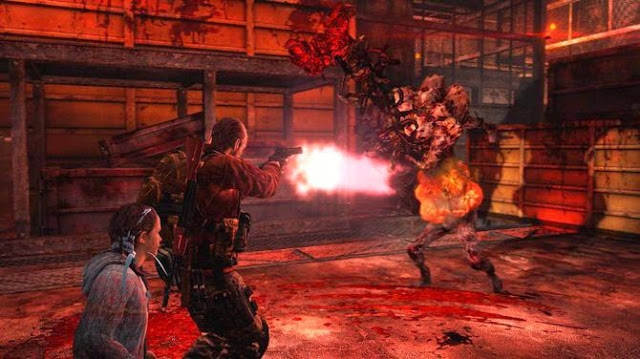
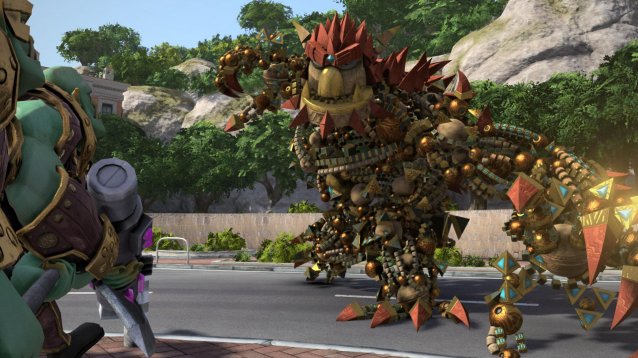
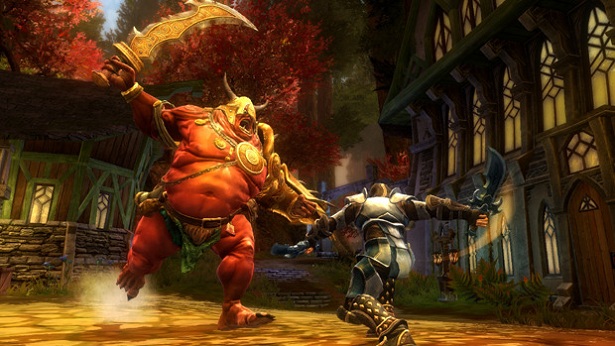 Kingdoms of Amalur: Reckoning Walkthrough
Kingdoms of Amalur: Reckoning Walkthrough The Sims 4: New Update brings items for Valentines Day
The Sims 4: New Update brings items for Valentines Day Halo 5 Guardians Wiki – Everything you need to know about the game .
Halo 5 Guardians Wiki – Everything you need to know about the game .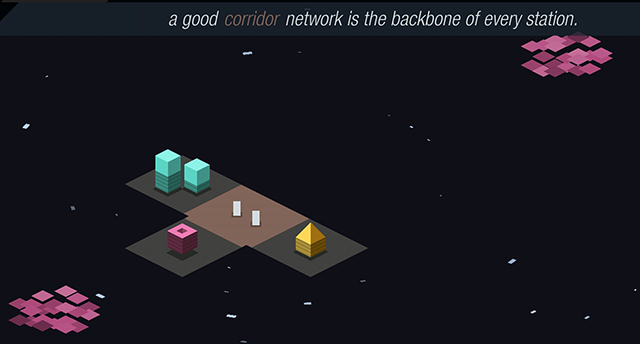 Rymdkapsel Is Strategy Gaming Stripped To Its Essence
Rymdkapsel Is Strategy Gaming Stripped To Its Essence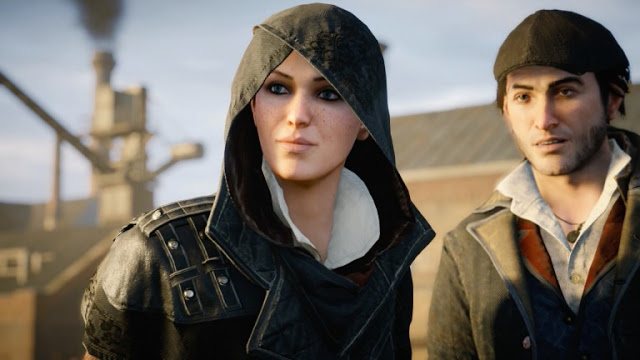 Dreadful Crimes guide - Assassins Creed Syndicate
Dreadful Crimes guide - Assassins Creed Syndicate